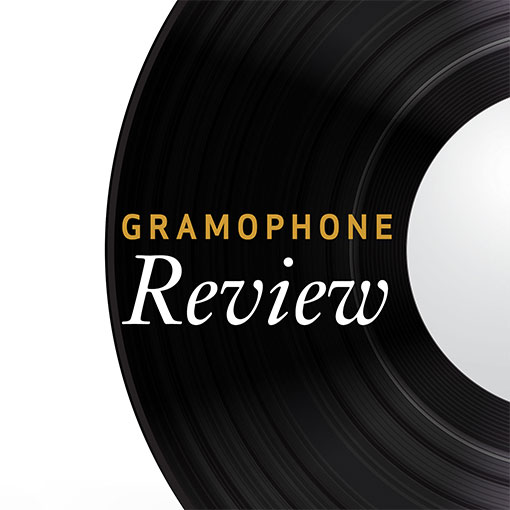Hofmann Cello Concertos
View record and artist detailsRecord and Artist Details
Composer or Director: Leopold Hofmann
Label: Naxos
Magazine Review Date: 13/1998
Media Format: CD or Download
Media Runtime: 68
Mastering:
DDD
Catalogue Number: 8 553853

Tracks:
| Composition | Artist Credit |
|---|---|
| Concerto for Cello and Orchestra |
Leopold Hofmann, Composer
Leopold Hofmann, Composer Northern Sinfonia Tim Hugh, Cello |
Author: Stanley Sadie
The supremacy of Haydn and Mozart has always cast a shadow over the other Viennese composers of their time. In his day Leopold Hofmann (1738-93), Kapellmeister at St Stephan’s Cathedral from 1772 (Mozart had negotiated for the reversion to the post, but of course predeceased him), was one of the most eminent among them, as a composer of church music, symphonies, concertos and chamber works. His cello concertos – there are eight in all, according to Allan Badley’s excellent note here – belong to the 1760s or early 1770s, much the time of the Haydn C major Concerto, which they closely resemble in style. They are attractive, agreeable pieces, technically and formally assured if without very much individuality; they have the usual rather static basses of early galant music and quite a lot of melodic and rhythmic cliches of their time, with many appoggiaturas and (as in Boccherini) passagework for the solo cello often made up of triplet semiquavers. The longest of the four concertos here, the one catalogued as D3, is clearly more mature in style than the others (listen to the well-argued development of the first movement) and also makes greater demands on the soloist.
Tim Hugh’s advocacy certainly makes the revival of these concertos worthwhile. He brings a very sound modern technique to the music, throwing off the rapid passages with evident ease, including the stratospheric ones in D3, and there is a breadth to his phrasing that gives some amplitude to Hofmann’s writing. His intonation is faultless, his tone full and warm, and he brings a keen feeling for galant expression to the slow movements: listen to the graceful playing of the Adagio of C1, the ornamental line of that in C3, the eloquence in D3. And there is vivacity in the quick movements too. The Northern Sinfonia play responsively. Anyone curious about the Viennese background to Haydn and Mozart, and anyone who relishes good cello playing, should try this disc.'
Tim Hugh’s advocacy certainly makes the revival of these concertos worthwhile. He brings a very sound modern technique to the music, throwing off the rapid passages with evident ease, including the stratospheric ones in D3, and there is a breadth to his phrasing that gives some amplitude to Hofmann’s writing. His intonation is faultless, his tone full and warm, and he brings a keen feeling for galant expression to the slow movements: listen to the graceful playing of the Adagio of C1, the ornamental line of that in C3, the eloquence in D3. And there is vivacity in the quick movements too. The Northern Sinfonia play responsively. Anyone curious about the Viennese background to Haydn and Mozart, and anyone who relishes good cello playing, should try this disc.'
Discover the world's largest classical music catalogue with Presto Music.

Gramophone Digital Club
- Digital Edition
- Digital Archive
- Reviews Database
- Full website access
From £8.75 / month
Subscribe
Gramophone Full Club
- Print Edition
- Digital Edition
- Digital Archive
- Reviews Database
- Full website access
From £11.00 / month
Subscribe
If you are a library, university or other organisation that would be interested in an institutional subscription to Gramophone please click here for further information.





